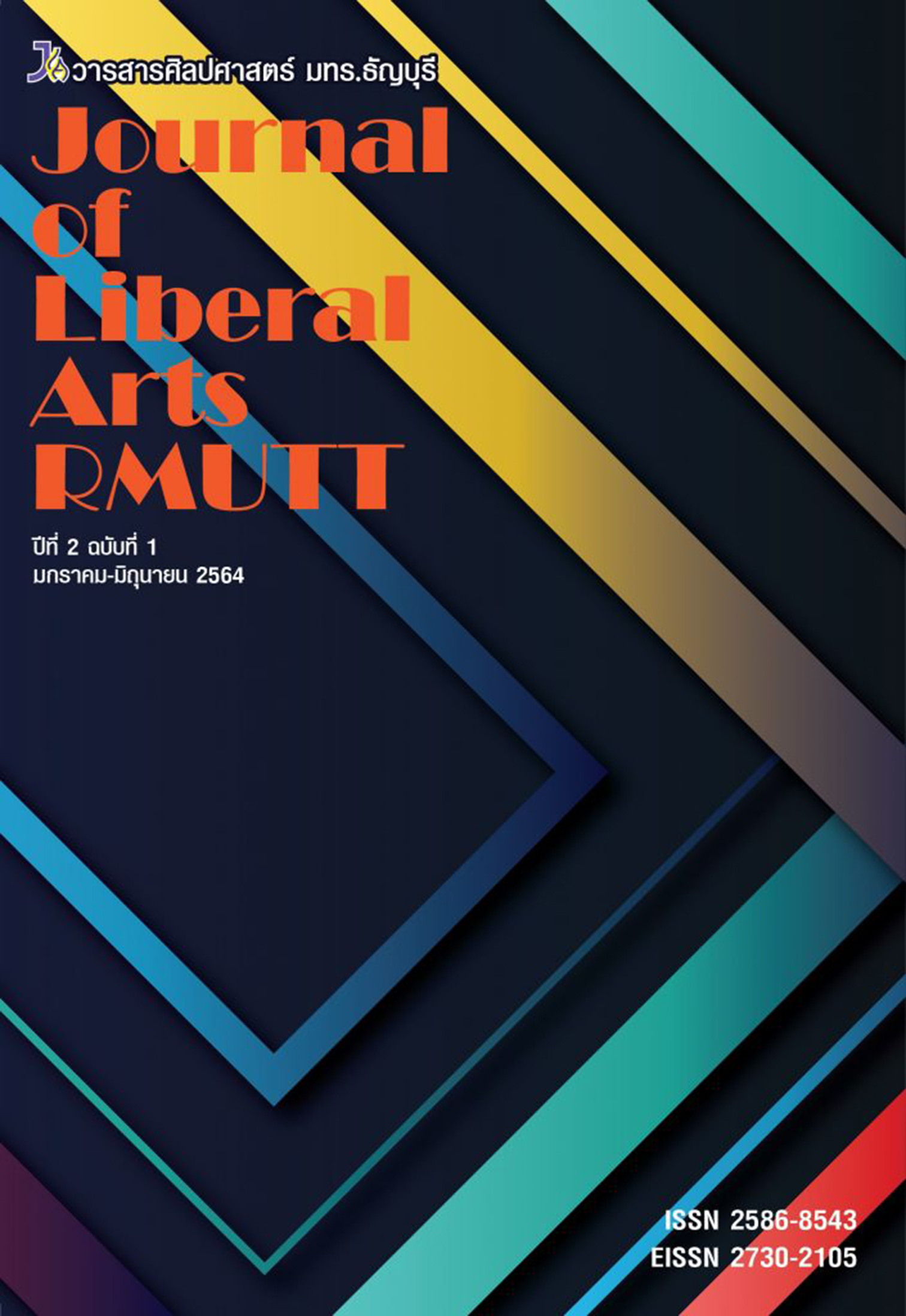Intertextuality of Indonesian Films in the 1980s-2010s
Keywords:
Intertextuality, Indonesian films, Indonesian Muslim identityAbstract
This paper aims to examine the intertextuality of Indonesian films during the 1980s-2020s. This research focuses on three famous films, namely Ayat-Ayat Cinta, Perempuan Berkalung Sorban, and Ketika Cinta Bertasbih, which are analyzed by means of texts and intertextuality concept. This conceptual analysis is carried out based on the following five criteria: Convention, invention, extension, reduction, and modification. The concepts of narrative analysed in order to establish the intertextuality of these three films are the players, genres, themes, backgrounds, conflicts, and significant symbols. These factors reflect the meanings, merit, beliefs, values, and social ideologies. The findings reveal that the three films have been transmitting and reproducing some particular concepts to induce society’s awareness through concepts, opinions, beliefs, and values. The films also reinforce social ideologies through the different contents. However, the textualities of the three movies involve convention, invention, and extension, due to Islamic revival stream which leads to Islamization, and which is interweaved in the contents of the three films. The films also reflect the connection of the characteristics of the nationhood, Indonesian Muslim identity, and Indonesian politics.
Apart from the popularity among the viewers, the three films instilled political ideology into the audience. It can be seen that the number of this kind of films increased, especially during the Reformasi, after the collapse of the New Order (Orde Baru). The factor leading to the textuality of the Indonesian films during the 1980-2010 stemmed from changes of Indonesian political contexts, which were related to the period of time focused on in the current study, the years between 1980 and 2010.
References
กาญจนา แก้วเทพ. (2543). มองสื่อใหม่ มองสังคมใหม่. กรุงเทพฯ: เอดิสันเพรสโพรดักส์.
นพพร ประชากุล. (2543). สัมพันธบท (Intextuality). สารคดี, 16(182), 175-177.
สุธี นามศิริเลิศ. (2556). อิสลามานุวัตรละครโทรทัศน์อิสลามในประเทศไทย. (วิทยานิพนธ์มหาบัณทิต), จุฬาลงกรณ์มหาวิทยาลัย.
Auikool, Chontida. (2017). The Voice of the Silence : Indonesia's and Thailand's Alternative Memory and Culture of Impunity in Films. In Morakot Meyer&Zhu Tingshu(Ed.), Multicultural Asean : Diversity in Identity, Language, Memory and Media, (pp. 91-124). Nakhon Pathom, Thailand: Multicultural ASEAN Center Project (MU-MAC), Research Institute for Languages and Cultures of Asia, Mahidol University.
Biran, Misbach Yusa. (2009). Sejarah film, 1900-1950: bikin film diJawa. Jakarta, Indonesia: Komunitas Bambu.
Clark, M. (2004). Masculinities and symbolic violence in recent Indonesian Cinema. Journal of Southeast Asian Studies, 35(1), 113-131.
Hanan, D. (2010). Innovation and tradition in Indonesian Cinema. Third Text, 24(1), 107-121.
Heeren, K. V. (2007). Return of the Kyai: Representations of horror, commerce, and censorship in post-Suharto Indonesian film and television. Inter-Asia Cultural Studies, 8(2), 211-226.
Mahayana, Maman S. (2007). Ekstrinsikalitas Sastra Indonesia. Jakrata, Indonesia: PT RajaGrafindo Persada.
Sasono, Eric. (2011). MenJegal Film Indonesia Pemetaan Ekonomi Politik Industri Film Indonesia. Jakrata, Indonesia, Rumah Film.
Sen, Krishna. (1993). Politics of melodrama in Indonesian cinema. In Melodrama and Asian cinema. Cambridge, England: Cambridge: University Press.
Sen, Krishna. (1994). Indonesian cinema: Framing the new order. London, England: Zed Books.
Teeuw, A. (1967). Modern Indonesian literature. The Hague, Natherland: Martinus Nijhoff.
Vatikiotis, M. (R.J). (1998). Indonesian politics under Suharto: The rise and fall of the new order. NY: Routledge.
Downloads
Published
How to Cite
Issue
Section
License
Copyright (c) 2020 Thai Journal Citation Index Centre

This work is licensed under a Creative Commons Attribution-NonCommercial-NoDerivatives 4.0 International License.








